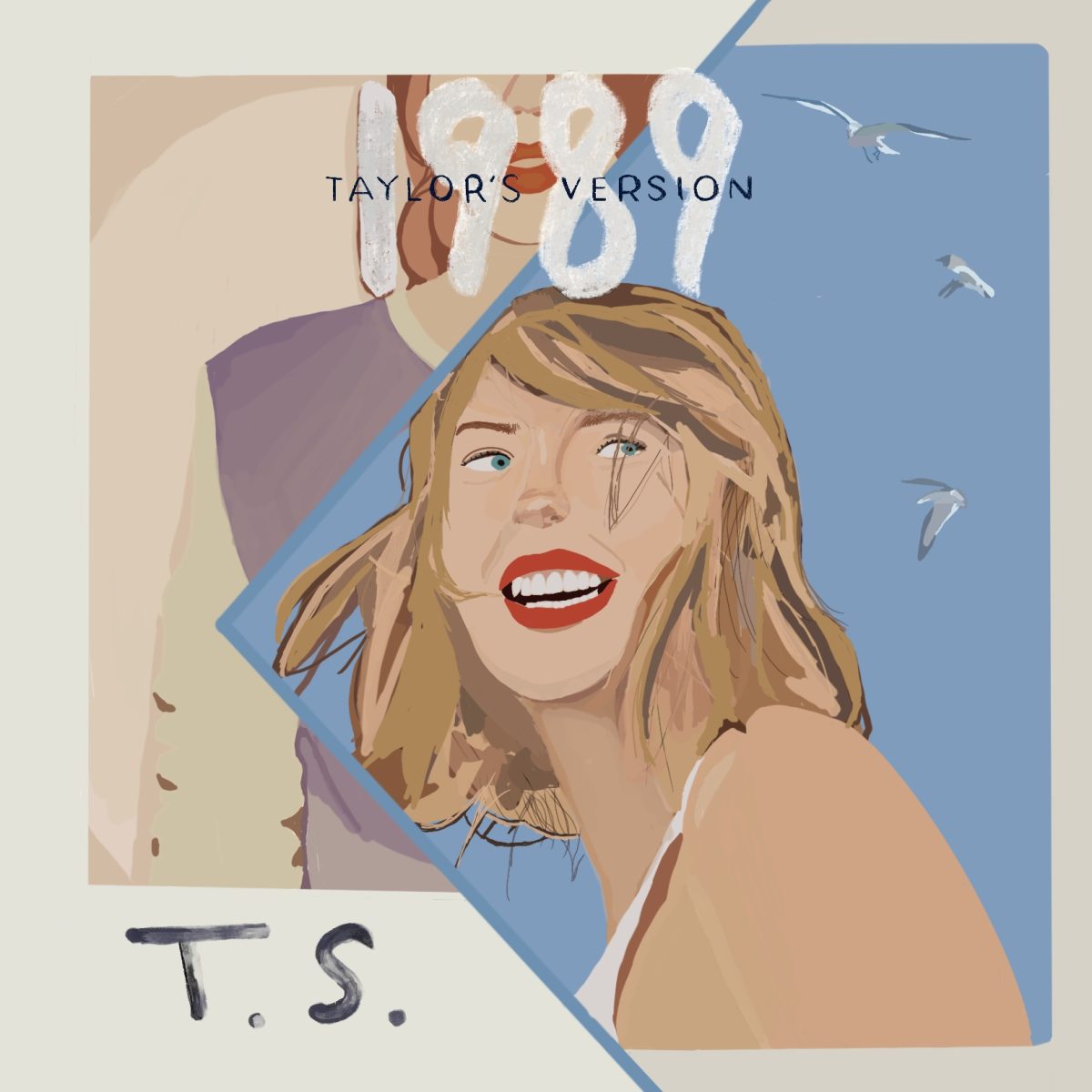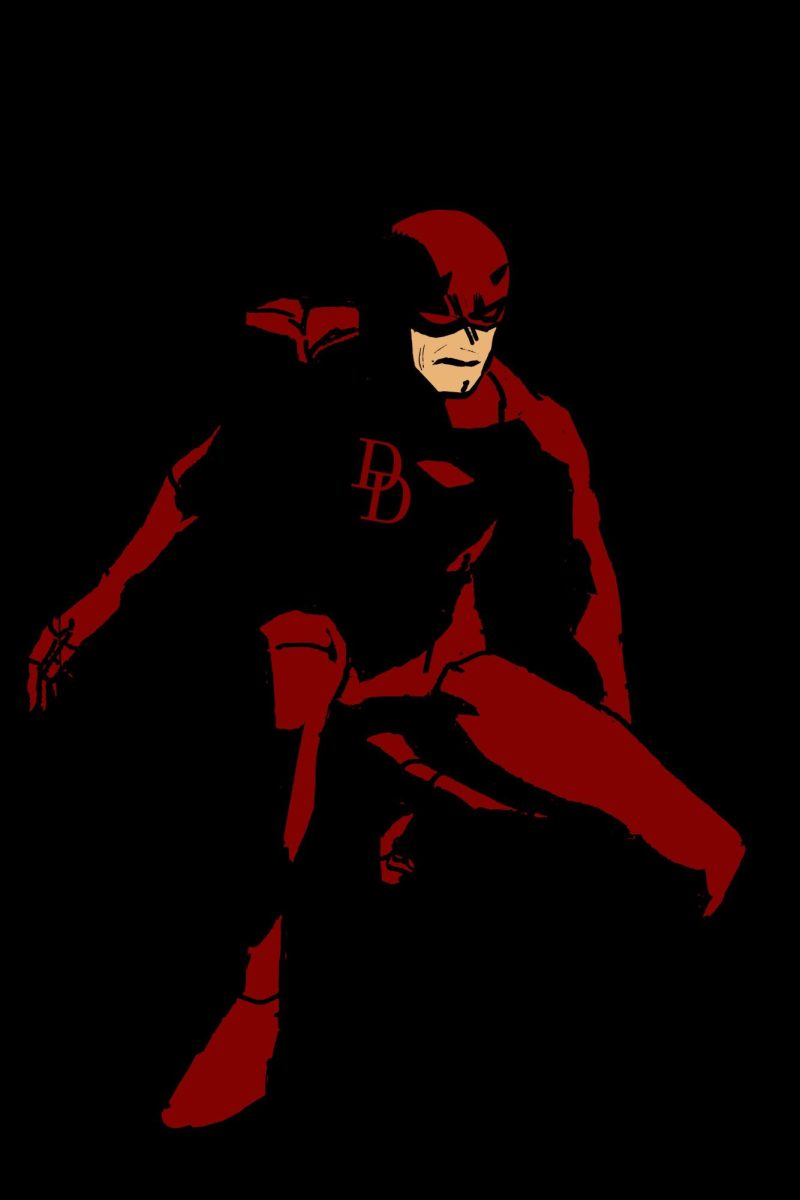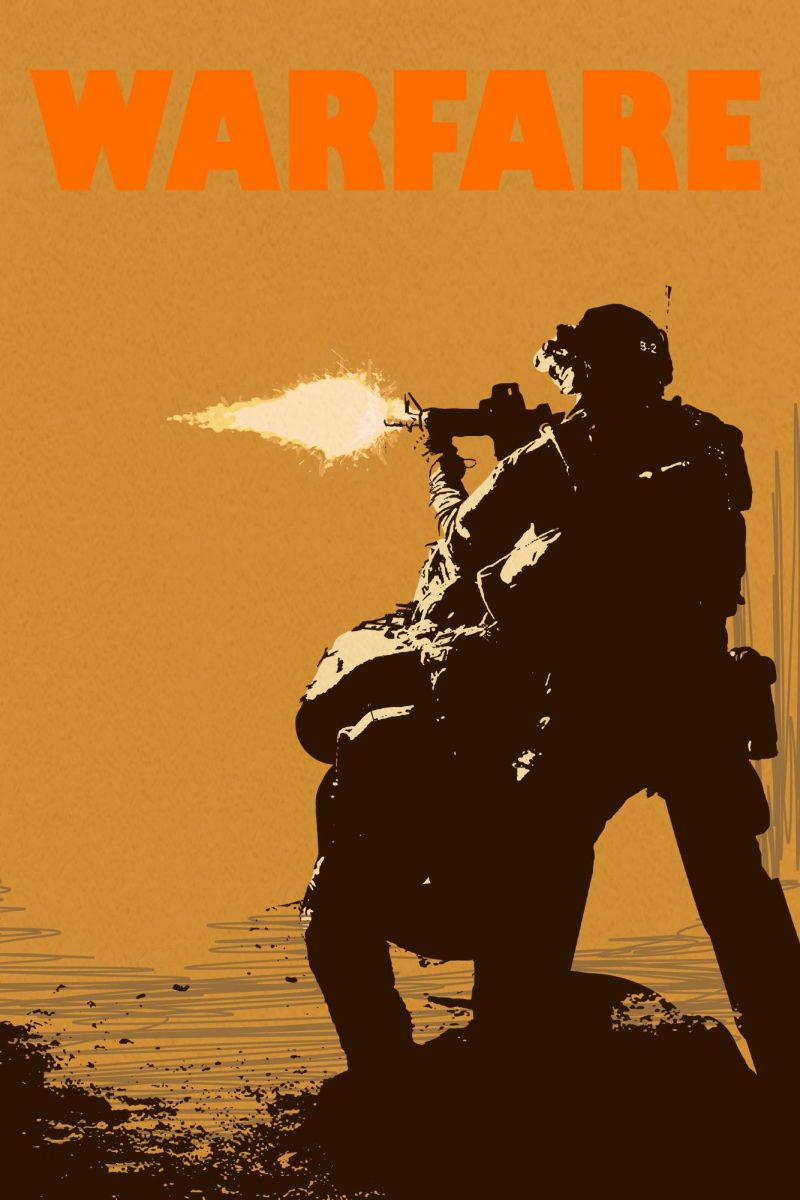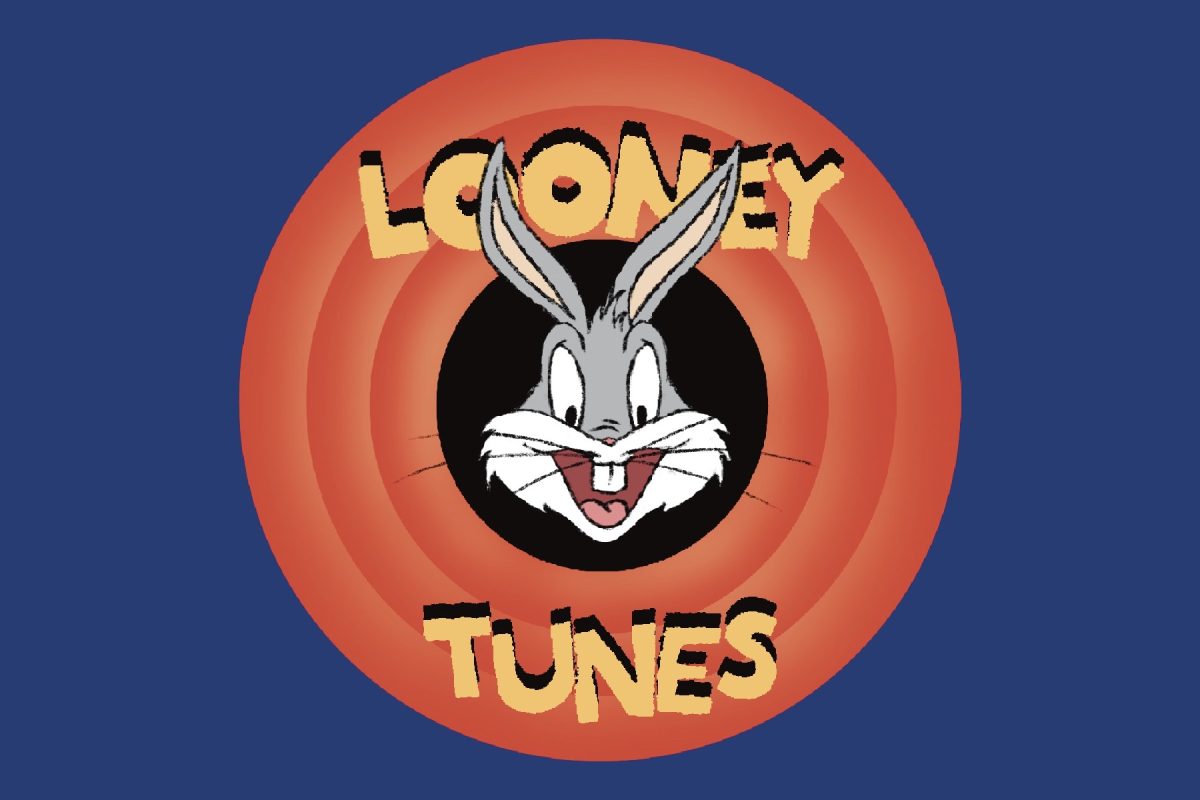
On Oct. 27, Taylor Swift released another re-recorded album off of her discography titled “1989 (Taylor’s Version).” Swift was born in the year 1989, and with this album, she writes about many of her personal experiences and struggles with addiction, infidelity and being slandered by the media for her past relationships.
“1989 (Taylor’s Version)” has some of her most famous tracks of all time, including “Shake It Off,” “Style” and “Blank Space.” Along with the release of these tracks, sung in Swift’s more mature tone, were five vault tracks. Vault tracks are songs that Swift intended to put on the album back during its original release but never did, and she is using this opportunity of the re-recordings to release them now.
The first vault song is titled “Slut!” and many Swifties theorized it was going to be an upbeat revenge track, similar to the track on the “Midnights” album titled “Vigilante Sh—t.” However, many would be surprised to hear a more whimsical and beachy sound. The word “slut” had been a term used on social media when describing Swift at the time and her dating life. Because Swift dated multiple men over the span of ten years, she was scrutinized heavily in the media. While personally, this track did not tickle my fancy, I loved the idea that she reclaimed the word “slut” and now, if you search Swift’s name with the word “slut,” all that comes up is the link to her song, which is a fantastic marketing strategy.
The next song in the vault is “Say Don’t Go,” reminiscent of the track “Clean” from the same album. Swift wrote “Say Don’t Go” with famous songwriter Diane Warren, who has written iconic ballads such as Aerosmith’s “I Don’t Want to Miss a Thing” and Cher’s “If I Could Turn Back Time.” In this song, Swift talks about her relationship that is coming to an end and how she does not want them to go, even though they led her on. “Say Don’t Go” had a buildup of background vocals and the synth sound present throughout most of 1989.
My personal favorite from the vault tracks was the next song on the track list, titled “Now That We Don’t Talk.” This is Swift’s shortest song she has ever released, coming in at 2 minutes and 26 seconds, and it explains the aftermath of a toxic relationship and how her life has changed and improved now that they do not talk. The song’s upbeat nature is a lovely juxtaposition to the intense emotions she portrays in her lyrics.
Her fourth vault track, titled “Suburban Legends,” is co-written and co-produced by Swift and Jack Antonoff, and it shares the story of two suburban artists who move into a big city when one falls in love with the other. However, the song later reveals they were never meant to be more than friends, and now the relationship is strained by the aftermath. The song refers to love lost, but this theme is hidden within a poignant synth beat.
Her last vault track, cleverly titled “Is It Over Now,” has a similar beat that reminded me of several songs off of her “Midnights” album, such as “Labyrinth,” “Question…?” and “Maroon.” This pop anthem fits perfectly as the final track because it encapsulates the beachy, synth sound she employs throughout 1989. This song emotes the feelings of a narrator looking back at their past relationship and wondering if the relationship was always doomed from the start. It is a common feeling that many who have had breakups can relate to and explains the narrator’s struggles in navigating the emotions of a breakup months later.
Swift writes a breakup album in a way that is happy, nostalgic and exciting. She captures the feelings of a 20-something-year-old navigating the harsh experiences of life while being a young woman with a lot of public media attention. The re-records were exactly what I had hoped for, and tracks like “I Know Places” and “Out of the Woods” sounded slightly better produced than the original. Swift’s vocal range has gotten stronger when comparing Taylor’s Version to the original release.










